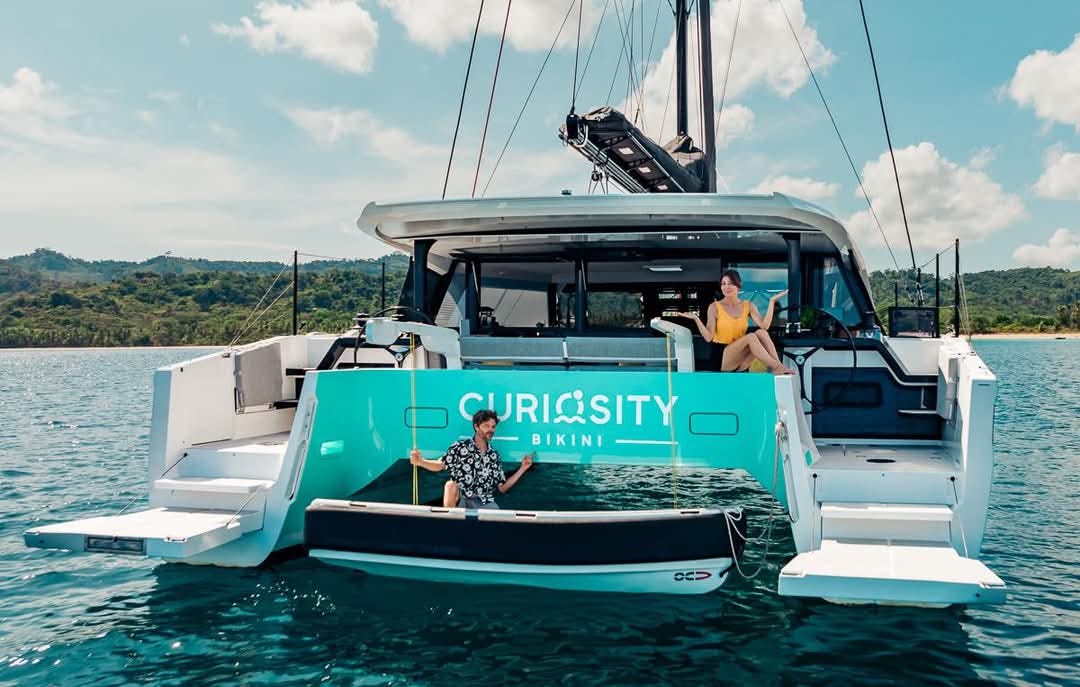
As I was tapping away at the keyboard, something registered out of the corner of my eye. I glanced out the hatch. There they flew—just a few more points from the Dow plummeting to oblivion like flaming bits from a Spa…
Keep reading with a 7-day free trial
Subscribe to LOOSE CANNON to keep reading this post and get 7 days of free access to the full post archives.


